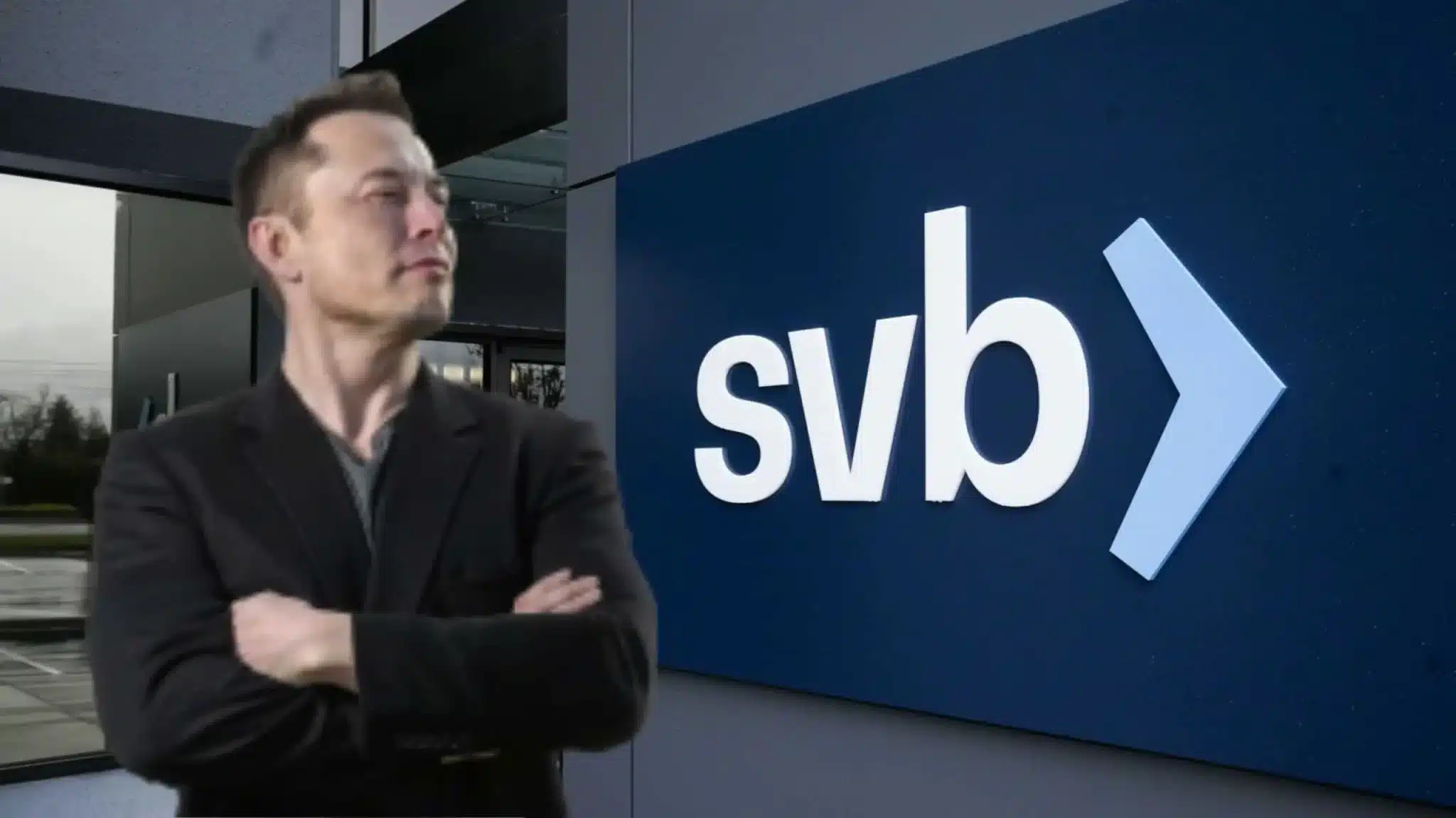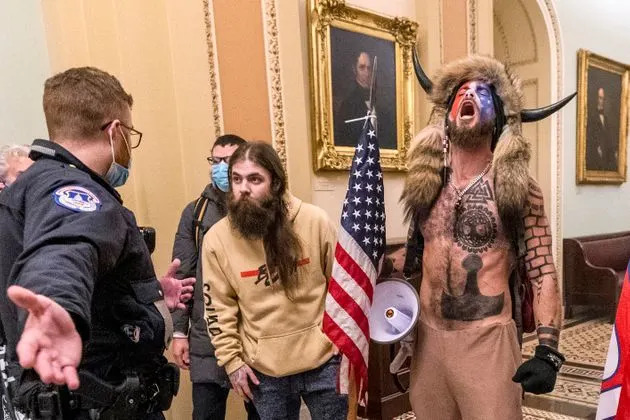Tech
Elon Musk Toys With Taking Over Silicon Valley Bank

Elon Musk said late Friday that he was “open to the idea” of buying Silicon Valley Bank after it failed, but at least one Tesla investor was skeptical. “I believe Twitter should acquire SVB and become a digital bank,” said Min-Liang Tan, cofounder and CEO of Razer, which sells gaming computers.
Musk responded briefly, “I’m open to the idea,” without providing further context.
I think Twitter should buy SVB and become a digital bank.
— Min-Liang Tan (@minliangtan) March 11, 2023
One Twitter user-supported Musk’s idea, writing: “what an opportunity,” but another called Sanjay responded: “And sell another $20 billion worth of $Tesla stock. No, thank you!”
Sanjay’s Twitter bio says he is a “Tesla customer and investor, bull and Elon fan.” The insider could not confirm whether or not the user was a shareholder or the size of his holding.
Musk sold several Tesla shares last year to help finance his Twitter acquisition, which helped to depress the stock price. The CEO sold $8.5 billion in stock in April, $6.9 billion in August, $3.95 billion in November, and $3.6 billion in December, for nearly $23 billion.
Silicon Valley Bank was closed down by US regulators on Friday after a run on deposits, according to Insider’s Sindhu Sundar. Startup founders began withdrawing funds on Thursday, alarmed by the bank’s falling stock price after a capital raise announced on Wednesday night.
The bank is now being handled by receivers, which could delay access to deposits for an extended period. Some hope a buyer will come forward this weekend to avoid this situation.
Elon Musk Doubled Down on Jan. 6, 2021
Meanwhile, Elon Musk expressed sympathy for the Capitol rioter dubbed the “QAnon Shaman” on Friday in the billionaire’s latest attempt to minimize the deadly events of January 6, 2021. “Free Jacob Chansley,” Musk tweeted to his 130 million followers, implying that the rioter’s sentence was excessive.
On Jan. 6, Chansley raided the United States Capitol bare-chested, wearing a furry Viking-style hat and face paint and carrying an American flag zip-tied to a spear.
Chansley received 41 months in prison, or just under three and a half years, for making threats and disrupting Congress as its members attempted to certify the results of the 2020 election.
He is one of 1,000 people detained for their roles in the attack on the Capitol and the law enforcement officers who defended it. Over 300 people have been charged with assaulting or restraining officers or employees.
However, Elon Musk has recently begun to promote the false notion, promoted by House Speaker Kevin McCarthy (R-Calif.), Fox News host Tucker Carlson, and other conservatives, that the Capitol attack was mostly peaceful.
Carlson used selectively edited footage in a segment last week criticized by U.S. Capitol Police Chief Tom Manger, among others, to make the breach appear far tamer than it was. Musk repeatedly promoted the segment on his Twitter page with credulous commentary.
Musk responded on Friday to a video clip showing Chansley using a bullhorn to read a tweet sent by former President Donald Trump around 3:15 p.m. on Jan. 6. “Respect the Law and our great men and women in Blue,” Trump wrote, which Chansley read aloud.
This, along with other footage showing Chansley walking alongside law enforcement through the halls of the Capitol, appeared to clear him in Musk’s mind.
“Chansley got four years in prison for a nonviolent, police-escorted tour!” the Twitter and Tesla CEO exclaimed. (The sentence was only four years.) Musk claimed in another tweet that Chansley “was falsely portrayed in the media as a violent criminal who tried to overthrow the state and urged others to commit violence.”
“I’m not a MAGA supporter, but I believe in justice,” Elon Musk added.
At his November 2021 sentencing hearing, Chansley pleaded guilty to civil disorder, disorderly and disruptive conduct, violent entry into a building, and other counts. Prosecutors claim he broke through a police barrier to enter the Capitol and made his way to the Senate floor, where he yelled from the dais, “Mike Pence is a fucking traitor,” and led other protesters in a chant against “all the tyrants, communists, and globalists.”
He also left a note that said, “It’s Only A Matter of Time. “Justice is on its way!”











































